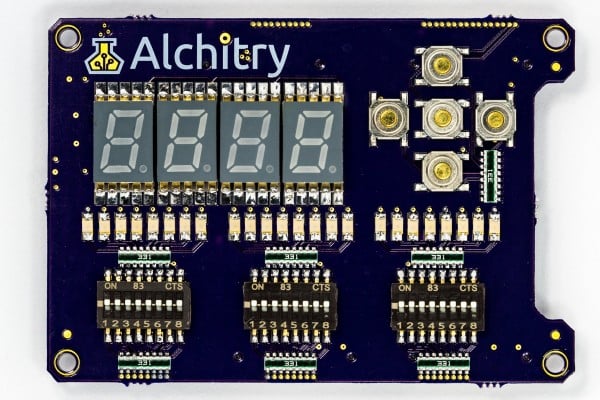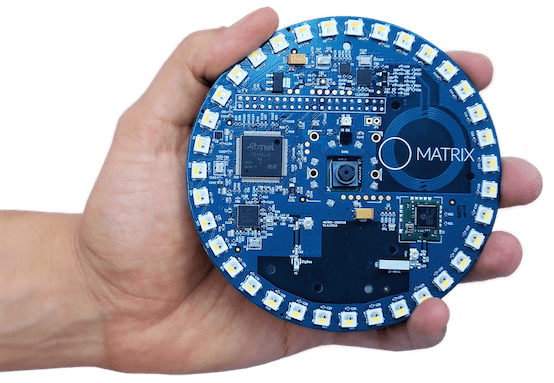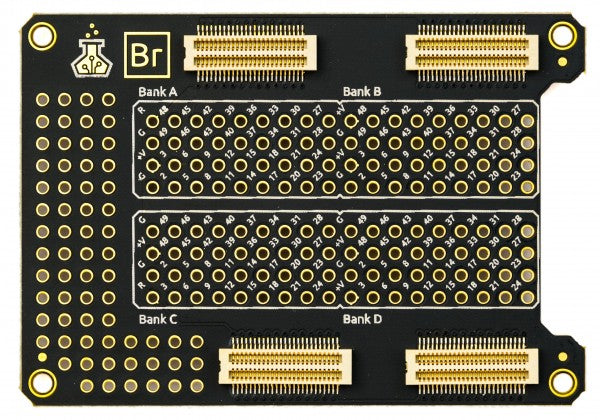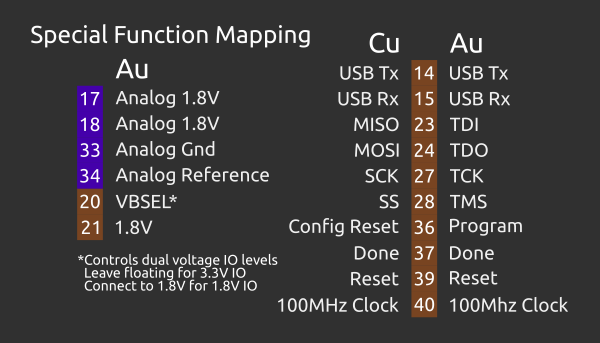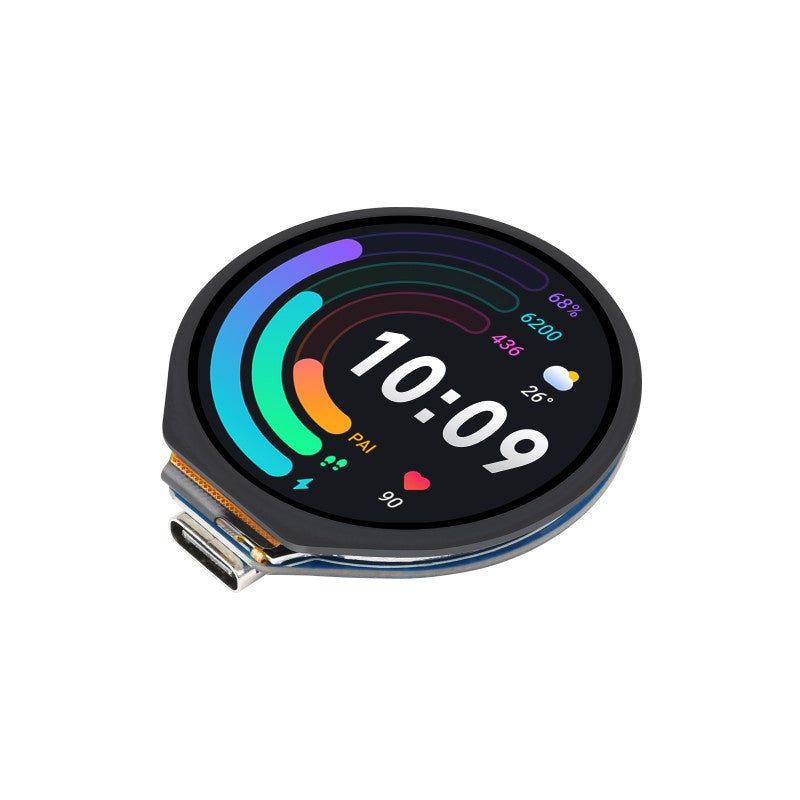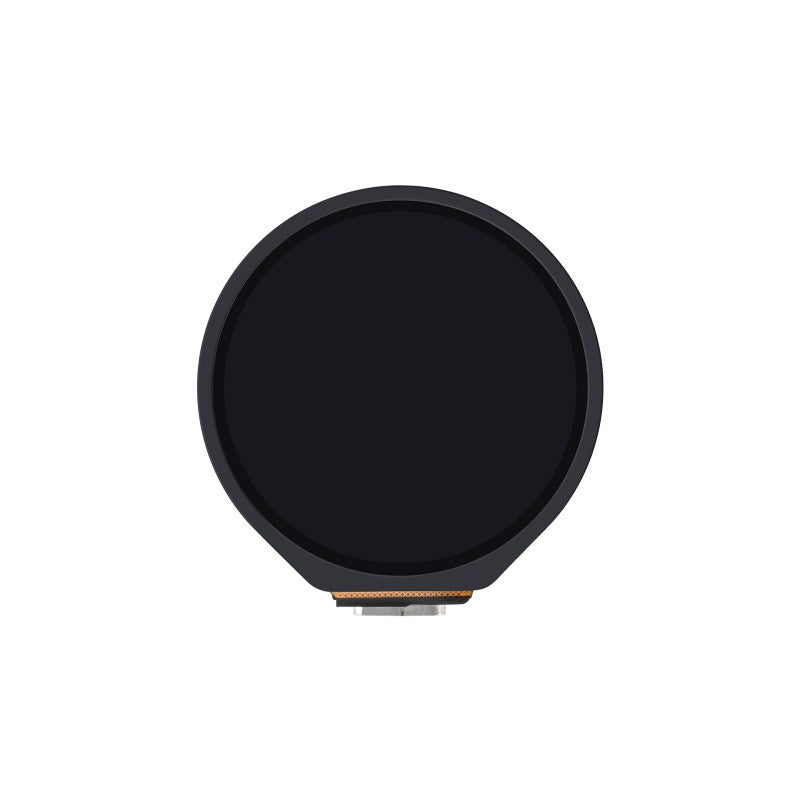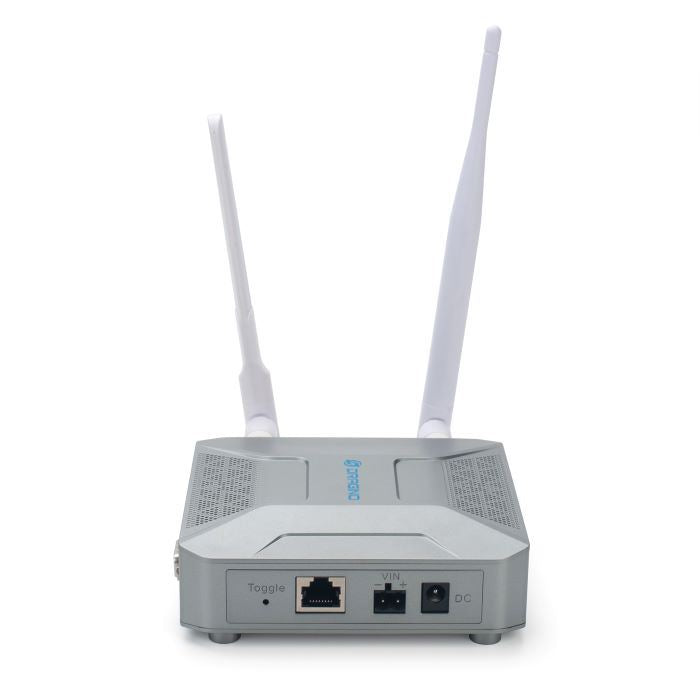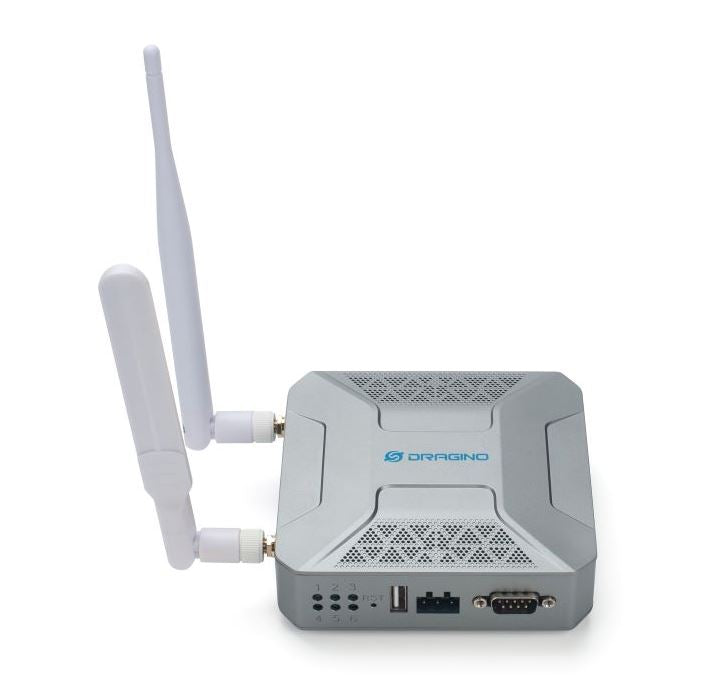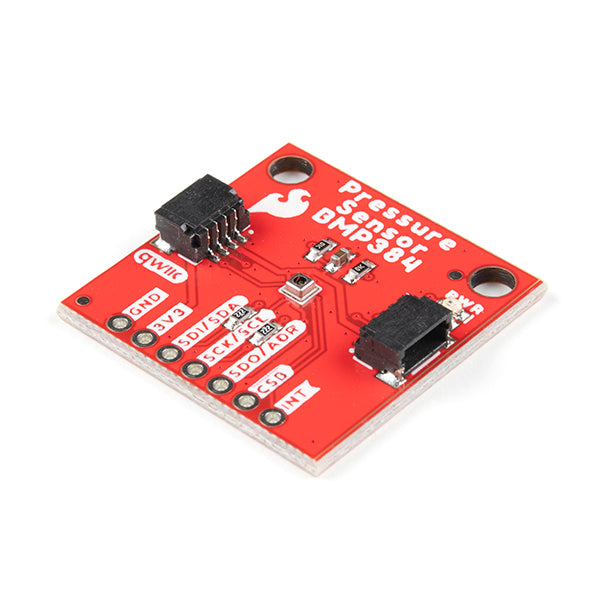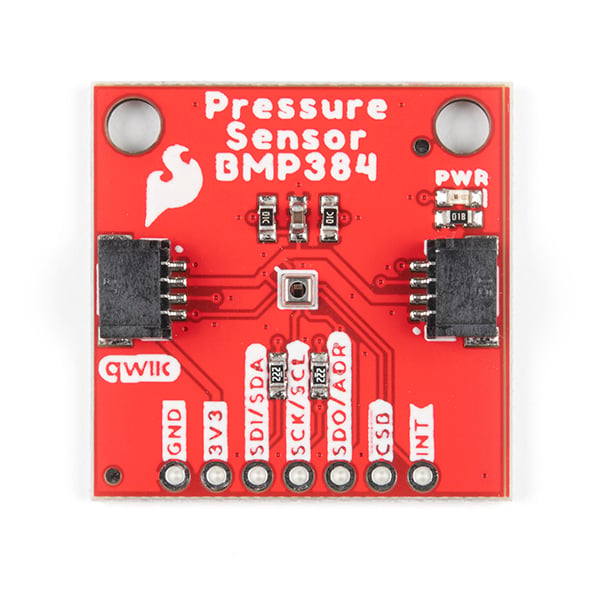You may have heard the term before. FPGAs give you the opportunity to create your own digital circuits. You can imagine an FPGA as a blank sheet of paper. In itself, an FPGA does nothing. It is up to you (the designer) to create a configuration file, often called a bit file, for the FPGA. Once loaded, the FPGA behaves like the digital circuit you designed!
FPGAs are semiconductor components based on a matrix of configurable logic blocks (CLBs) that are connected via programmable connections. FPGAs can be reprogrammed after manufacture to meet the desired application or functionality requirements. This feature distinguishes FPGAs from ASICs (Application Specific Integrated Circuits), which are manufactured specifically for specific design tasks. Although one-time programmable (OTP) FPGAs are available, the predominant types are based on SRAM, which can be reprogrammed as the design evolves.


